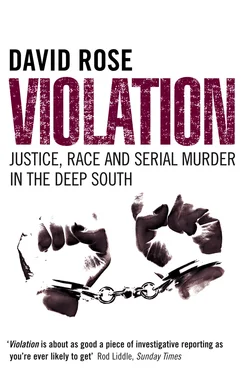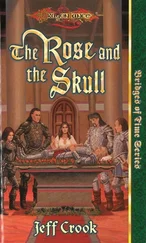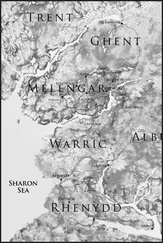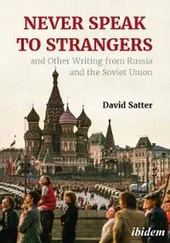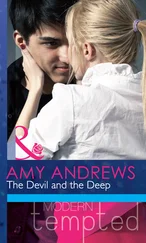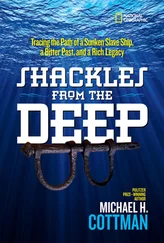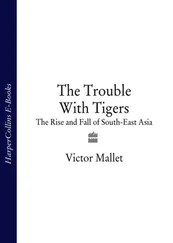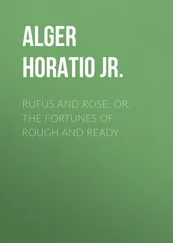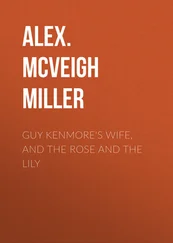DAVID ROSE
VIOLATION
JUSTICE, RACE AND SERIAL MURDER IN THE DEEP SOUTH

DEDICATION Dedication 1 The Best Place on Earth 2 We’ve Got a Maniac 3 Ghost-Hunting 4 Dragnet 5 The Hanging Judge 6 Under Colour of Law 7 The Trial 8 A Benchmark for Justice 9 To the Death House 10 Violation 11 Due Process 12 Southern Justice and the Stocking Stranglings Epilogue Index Acknowledgements About the Author Praise Other Works Notes on Sources Copyright About the Publisher
For my mother, Susan, who gave me a sense of historyAnd my father, Michael, who taught me the meaning of justice
Cover
Title Page DAVID ROSE
Maps MAPS
Dedication DEDICATION Dedication 1 The Best Place on Earth 2 We’ve Got a Maniac 3 Ghost-Hunting 4 Dragnet 5 The Hanging Judge 6 Under Colour of Law 7 The Trial 8 A Benchmark for Justice 9 To the Death House 10 Violation 11 Due Process 12 Southern Justice and the Stocking Stranglings Epilogue Index Acknowledgements About the Author Praise Other Works Notes on Sources Copyright About the Publisher For my mother, Susan, who gave me a sense of historyAnd my father, Michael, who taught me the meaning of justice
1 The Best Place on Earth
2 We’ve Got a Maniac
3 Ghost-Hunting
4 Dragnet
5 The Hanging Judge
6 Under Colour of Law
7 The Trial
8 A Benchmark for Justice
9 To the Death House
10 Violation
11 Due Process
12 Southern Justice and the Stocking Stranglings
Epilogue
Index
Acknowledgements
About the Author
Praise
Other Works
Notes on Sources
Copyright
About the Publisher
1 Ferne Jackson (17th Street)
2 Florence Scheible (Dimon Street/Eberhart Avenue)
3 Jean Dimenstein (21st Street)
4 Martha Thurmond (Marion Street)
5 Kathleen Woodruff (Buena Vista Road)
6 Ruth Schwob (Carter Avenue)
7 Mildred Borom (Forest Avenue)
8 Janet Cofer (Steam Mill Road)
9 Callye East’s house – Henry Sanderson’s gun stolen (Eberhart Avenue)
10 Gertrude Miller – survived first attack by strangler (Hood Street)
11 Historic District
12 Big Eddy Club
13 Lynching of Teasy McElhaney 1912
14 Lynching of Simon Adams 1900
15 Carlton Gary’s apartment 1977–79
16 Fort Benning
17 Area of Land family holdings 1900–20
18 G.W. Ashburn murdered 1868
19 Dr Thomas H. Brewer murdered 1956
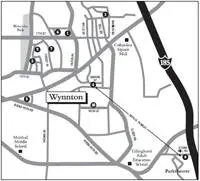
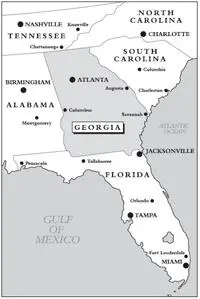
ONE The Best Place on Earth
Way down in Columbus, Georgia
Want to be back in Tennessee
Way down in Columbus Stockade
Friends have turned their backs on me.
Last night as I lay sleeping
I was dreaming you were in my arms
Then I found I was mistaken
I was peeping through the bars.
‘Columbus Stockade Blues’ (traditional)
‘We don’t take just anybody as a member,’ said Daniel Senne, the Big Eddy Club’s general manager. ‘They have to be known to the community. It’s not a question of money, but of standing, morality, personality. And they must be people who conduct themselves well in business. Integrity is important.’
We were talking in the hush of the club’s sumptuous lounge, perched on deep sofas, our feet on a Turkoman rug, surrounded by antiques. With the seasons on the turn from winter to spring, the huge stone fireplace was not in use, but there was no need yet for air-conditioning. From the oak-vaulted dining room next door came the muffled clink of staff laying tables for lunch: silver cutlery, three goblets at every setting, and crisply starched napery. The club’s broad windows provided a backdrop of uninterrupted calm. Framed by pines that filtered the sunlight, a pair of geese glided across the state line, making barely a ripple. Behind them, across a mile of open water, lay the smoky outline of the Alabama hills.
The minutes of the club’s founding meeting were framed on the wall, a single typed folio dated 17 May 1920. On that day, ten of the most prominent citizens of Columbus, Georgia, led by the textile baron Gunby Jordan II, had formed a committee ‘to perfect an organization for building a suitable club at a place to be determined … for having fish fries, ‘cues and picnics’. A postscript added: ‘Arrangements will be made at the club for entertaining ladies and children.’
The Big Eddy’s buildings had expanded since that time, but were still on the spot the founders chose, a promontory at the confluence of the Chattahoochee River and its tributary, Standing Boy Creek. In 1920, before the river was dammed, the turbulence formed where the currents came together was an excellent place to catch catfish. Anyone who ate Chattahoochee catfish now would likely suffer unpleasant consequences, thanks to the effluent swept downstream from Atlanta, but the club’s location remains idyllic. Escaping the traffic that mars so much of modern Columbus, I’d driven down a vertiginous hill to the riverside, where I followed a winding lane along the shoreline, past grand homes and jetties. Before passing through the club’s wrought-iron gates, I pulled off the road to feel the warmth of the sun. The only sounds were birds and a distant chainsaw.
Senne and his wife Elizabeth, dapper and petite, spoke with heavy French accents. They had served their apprenticeship in some of the world’s more glamorous restaurants: London’s Mirabelle and the Pavilion in New York, at a time when its regular patrons included Frank Sinatra, Bette Davis, Salvador Dalì, Cary Grant and the Kennedys.
‘If you had told me twenty years ago that this is the place to be, I would not have believed you,’ Elizabeth said. ‘But it is. They are nice people, really down-to-earth.’
Membership was strictly limited to 475 families, Elizabeth went on, and applicants must accept that their backgrounds would be carefully investigated by the board. Even in summer, the dress code was strictly observed: a jacket and tie for men, and for women, ‘no unkempt hair or wrinkled pants’.
The rules served their purpose, Daniel said. ‘It’s a good community. People take care of you.’ Just as in the 1920s, the club could count many of Columbus’s most distinguished inhabitants as members: the leaders of business, and local, state and national politicians. Former President Jimmy Carter was an honorary member for life.
In the week of my visit in March 2000, another of the city’s more venerable institutions, the Columbus Country Club, had announced the admission of its first two African-American members – both of them women who worked for the public relations departments of local corporations. I turned to Daniel and mentioned this news, then asked: ‘Do you have any black people yet in the Big Eddy Club?’
He shifted his posture awkwardly. ‘No. Not yet.’ He looked appealingly at his wife. ‘We don’t have black members, because none have applied.’
Читать дальше
